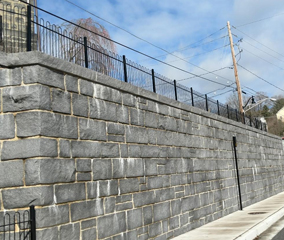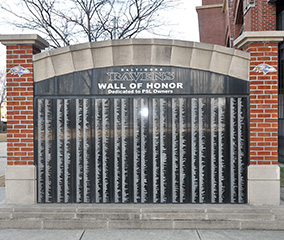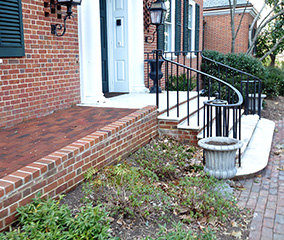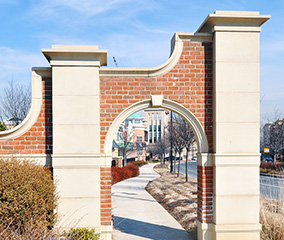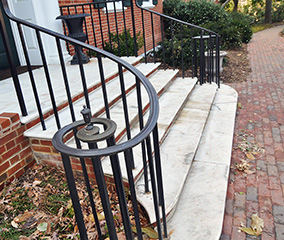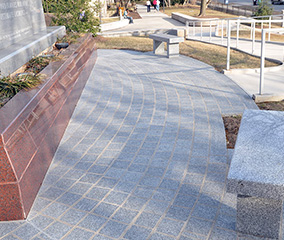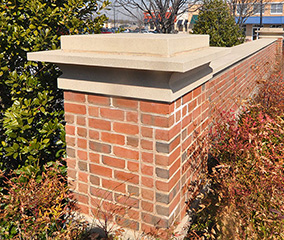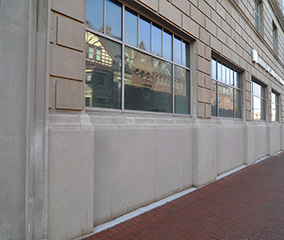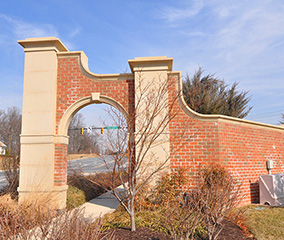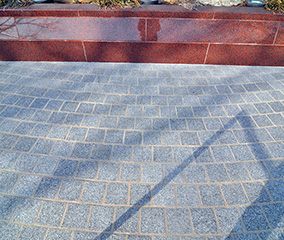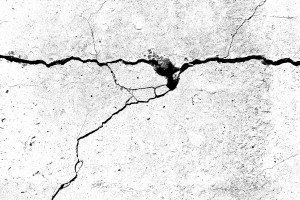
Concrete joints are a helpful solution as they improve the look, performance, and structure of the concrete project.
As concrete is often lauded for its durability and strength, some people may not realize that like wood, concrete also shrinks and expands in changing weather. This causes cracks and other defects to the concrete, and could even compromise the integrity of the structure. Concrete joints are a helpful solution as they improve the look, performance, and structure of the concrete project. Here’s the rundown of what concrete joints are and how they will help stabilize your project and create a more durable, long-lasting finished product.
The Purpose of Concrete Joints
The purpose of concrete joints may initially sound counterproductive, because it essentially means placing cracks in the concrete in specific locations. But it’s a necessary measure taken that indeed makes the concrete more durable. These joints are designed in square sections that help regulate where cracks in the concrete will form, making them easier to monitor and maintain. Professionals will either create the joints at the time the concrete is poured or saw them in later, after the concrete has dried.
Types of Concrete Joints
The first type of concrete joints are contraction joints. They cause a weakened area in the concrete to help regulate where cracks will occur. They are created in straight lines and usually distanced up to about 30 times the thickness of the concrete slab. Expansion joints are utilized to help minimize stress on the concrete. They completely separate concrete panels from each other, as well as other parts of the project, helping them to shrink and expand individually, without having a bigger impact on the overall integrity of the project.
Placing Concrete Joints
How the concrete joints are placed depends on which type is being used. As previously stated, they are either placed when the concrete is poured or sawed in after it has dried. Some builders use a pre-molded joint filler to separate concrete slabs in square sections. If the concrete will take on heavy loads on a regular basis, metal dowels can be used to enhance durability. Flexible materials are also necessary as they allow for absorption and deformation as needed. Professionals use concrete saws and hand or walking grovers to create the joints.
Concrete and Concrete Joints from Del Prete Masonry
If you are ready to upgrade your landscaping and hardscaping, Del Prete Masonry has the experience and expertise to get the job done right for the right price. To explore our residential and commercial services and set up a consultation, please give us a call at 410-683-0650 or contact us online. We currently serve Baltimore City and County, Harford County, Carroll County, Anne Arundel County, and Howard County. To see examples of our work and get more updates, follow us on Facebook, Twitter, Google+, and Pinterest.









